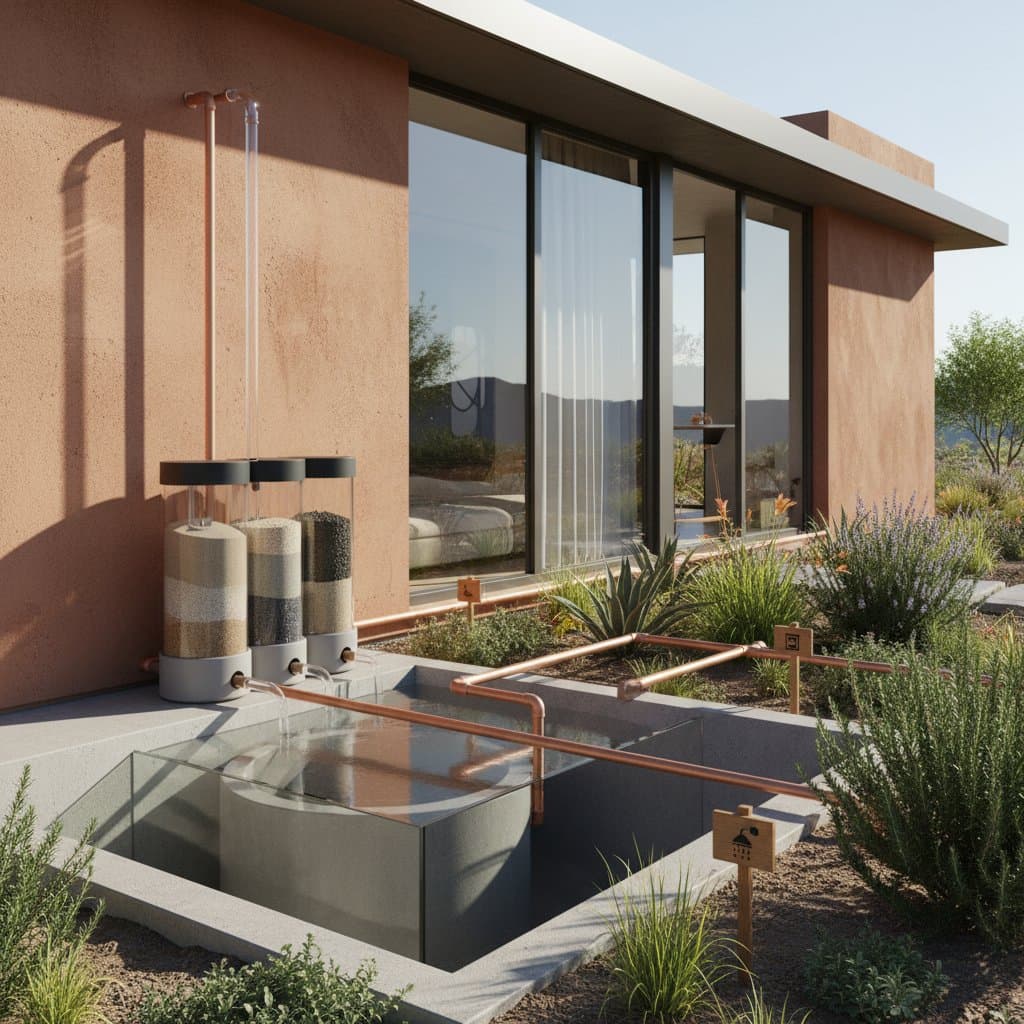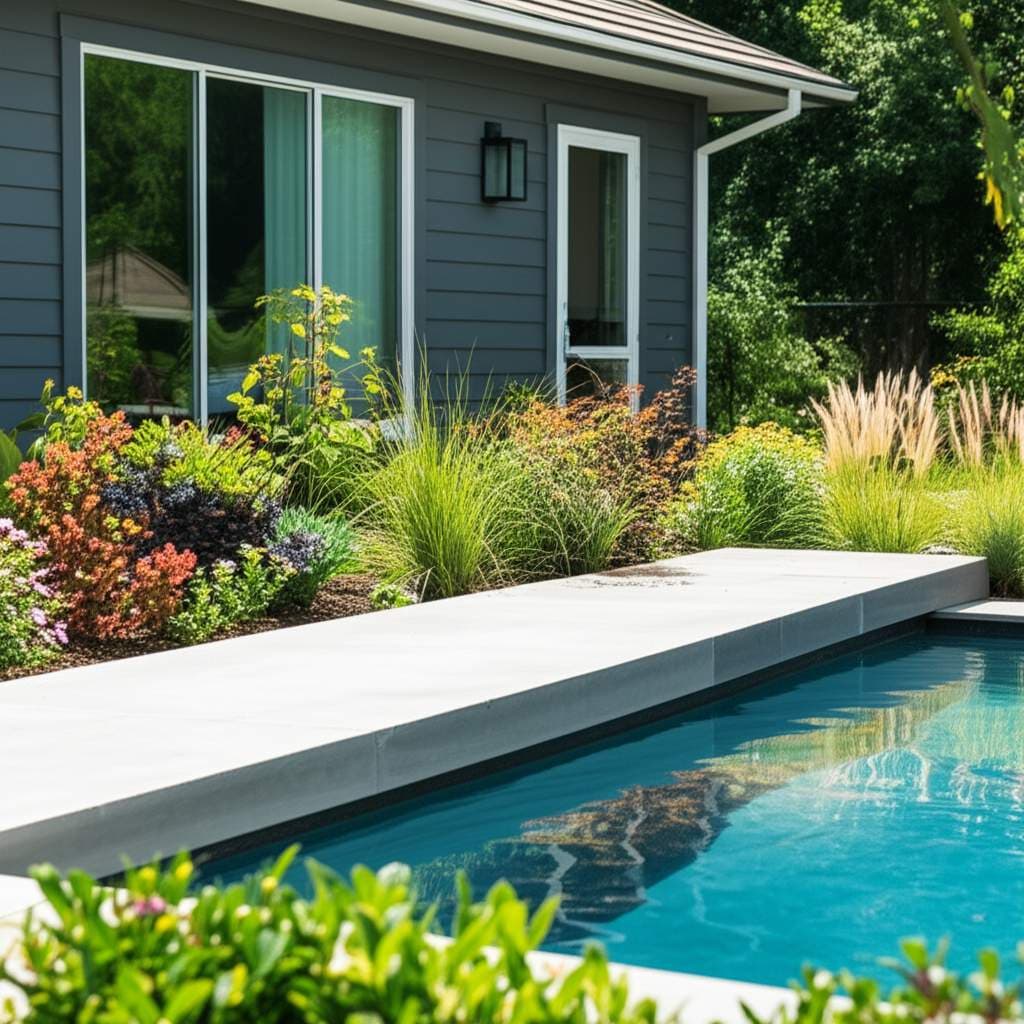Smart Water Systems: Save 30 Percent on Bills with Leak Detection
Imagine a home where water waste is caught before it drains your budget, where every drop is used with purpose. Smart water systems are making this a reality for homeowners, slashing water bills by up to 30 percent through advanced leak detection, optimized irrigation, and enhanced fixture efficiency. These tools are not just about savings; they empower you to protect your property and contribute to a sustainable future. Let us explore how this technology transforms everyday water use into lasting value.
Uncovering Hidden Water Waste in Your Home
Many households are unaware of the silent inefficiencies eroding their finances. A small drip from a faucet or a running toilet can waste hundreds of gallons each month, while outdated fixtures guzzle far more water than necessary. Overwatering lawns during humid weather or after rain adds to the problem, and without real-time monitoring, abnormal usage spikes go unnoticed. The result is thousands of gallons lost annually, water you pay for without ever benefiting from its use.
This waste is not just a personal issue; it strains community resources and impacts local sustainability. Recognizing these gaps is the first step toward reclaiming control over your water consumption and reducing unnecessary costs.
Strategies to Maximize Water Efficiency
Harness the Power of Smart Leak Detection
At the core of water conservation lies smart leak detection technology. These systems monitor flow through your main water line, identify irregular patterns, and can even shut off supply automatically if a leak is suspected. This proactive approach prevents minor issues from becoming major expenses.
To get started, select a device with app-based notifications and automatic shut-off features. Install it on your primary water line, often with professional assistance, and connect it to your Wi-Fi for remote access. Customize usage thresholds to match your household patterns, ensuring alerts are relevant. Costs typically range from $300 to $900 for the equipment, with installation fees between $200 and $400, but the protection against flood damage and bill spikes justifies the investment.
Upgrade to High-Efficiency Fixtures
Simple changes to your home’s fixtures can yield substantial savings. Low-flow showerheads, which use just 1.5 gallons per minute compared to older models at 2.5 or more, reduce consumption without sacrificing comfort. Dual-flush toilets, consuming under one gallon for lighter flushes, and ENERGY STAR-rated dishwashers, which optimize both water and energy, are also smart choices. These upgrades can cut indoor water use by at least 20 percent, delivering immediate returns on a modest upfront cost.
Optimize Irrigation with Smart Controllers
For those with outdoor spaces, smart irrigation controllers adjust watering schedules based on weather conditions, soil moisture, and plant needs. These devices prevent overwatering by pausing cycles during rain or humid periods, ensuring your landscape thrives without waste. Affordable models start at around $100, with DIY installation often straightforward, making this an accessible entry point into smart water technology.
Regional Factors Shaping Water Strategies
Your local climate plays a significant role in determining the most effective water-saving measures. In arid regions with dry winters, focusing on irrigation efficiency and indoor conservation is critical to manage scarce resources. Conversely, in humid areas with frequent rainfall, leak detection takes precedence to prevent mold and structural damage from excess moisture. Tailoring your approach to these conditions ensures maximum impact, aligning technology with the unique demands of your environment.
Building a Resilient and Efficient Home
Adopting smart water systems goes beyond immediate bill reductions; it fosters a lifestyle of responsibility and foresight. Each gallon conserved eases pressure on municipal supplies, supporting broader environmental goals while safeguarding your home from costly damage. Picture a household where water use adjusts seamlessly to need, where you rest easy knowing small leaks will not spiral into disasters. This peace of mind, paired with tangible savings, is the true promise of these innovations.
Start with a single upgrade, whether a smart leak detector or a low-flow fixture, and build from there. Over time, these incremental changes create a fully integrated system that operates with precision. Your home becomes a model of efficiency, protecting your finances and contributing to a healthier planet, one mindful step at a time.








